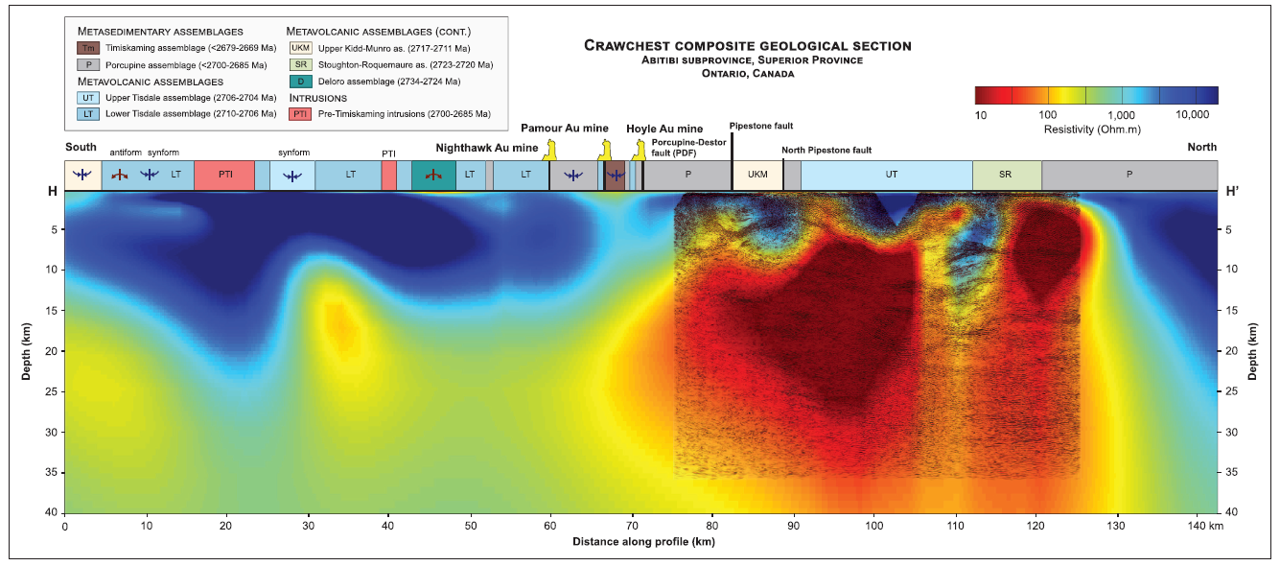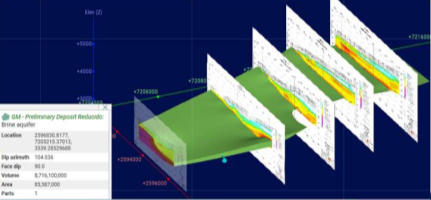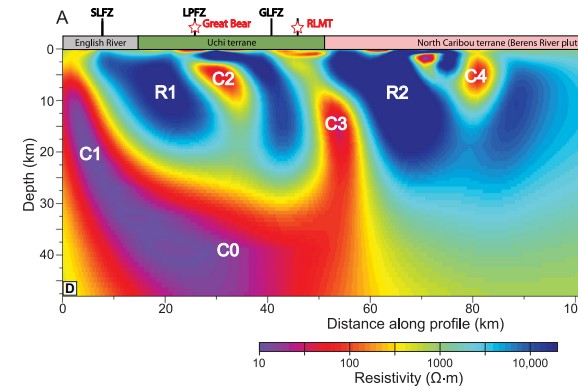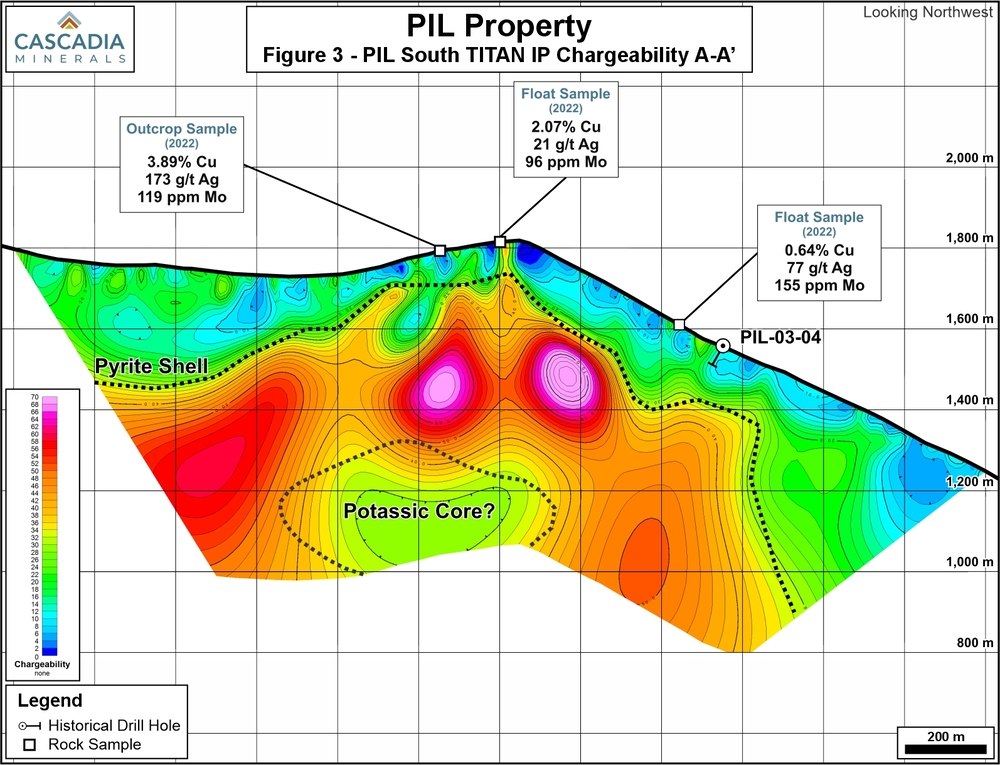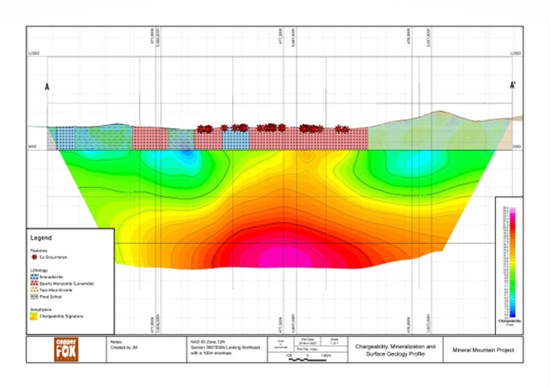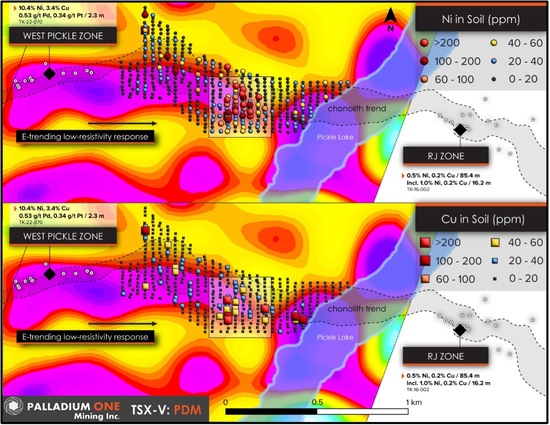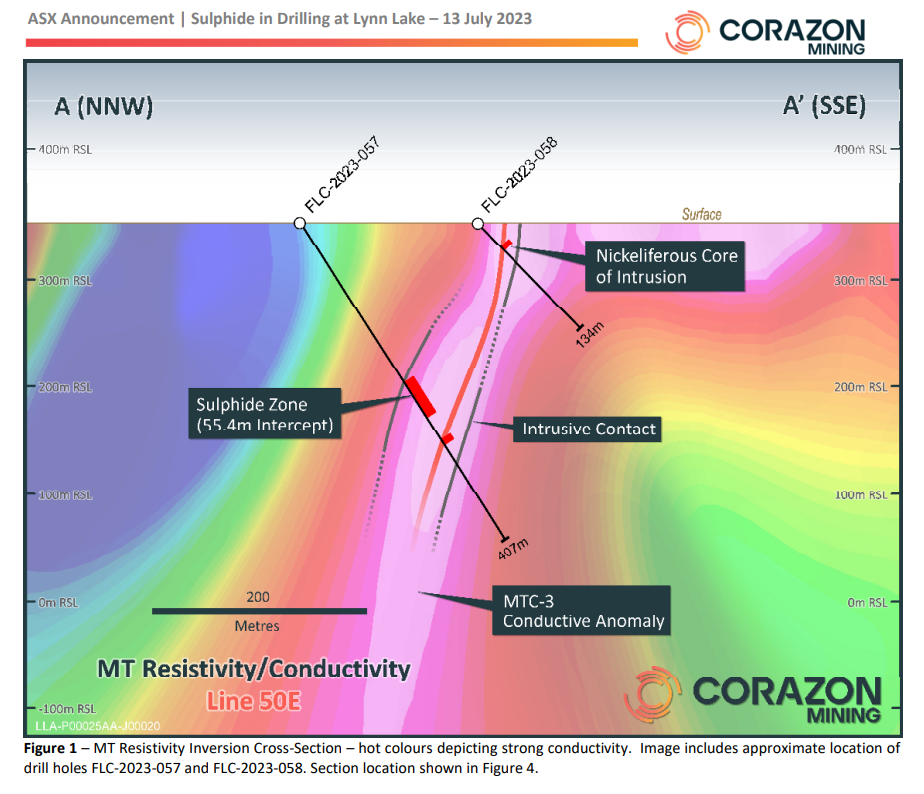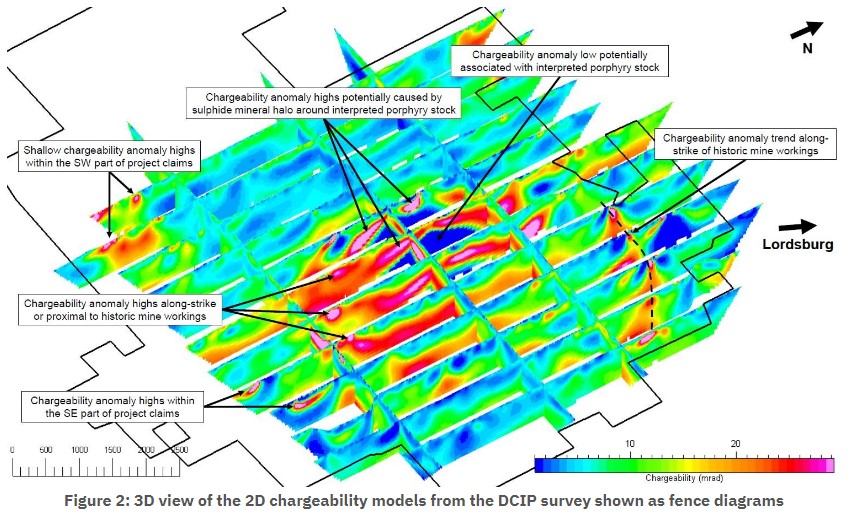Ryley Killam will be presenting an interesting talk on applications of MT Some Highlights include… Emerging technology […]
NOA Lithium Brines Completes CSAMT Survey and Significantly Increases Mineral Resource Estimate by 65% At Rio Grande Project Mr. […]
Newly released paper discusses MT applications and implications in the Red Lake Greenstone belt following Metal Earth initiative using SPARTAN […]
Cascadia Samples 9.01% Copper and Prepares for 2024 Diamond Drilling at PIL Property, British Columbia January 9, 2024 January 9, […]
Copper Fox Announces Positive IP Results and Increases Land Position at Mineral Mountain Copper Project November 22, 2023 Calgary, Alberta–(Newsfile […]
October 30, 2023 – Toronto, Ontario – Palladium One Mining Inc. (TSX-V: PDM, OTCQB: NKORF, FRA: 7N11) (the “Company” or “Palladium One”) is […]
Juggernaut Exploration Commences Drilling on Midas Property Mr. Dan Stuart reports: Vancouver, British Columbia – TheNewswire – July 18th, 2023 […]
Drilling Intersects a 55.4m Sulphide Zone at Lynn Lake Nickel Project Success in the first drill hole testing a newly […]
American Copper Development Completes 134 line-km Titan 160 DCIP and MT Survey Over the Lordsburg Property, New Mexico CSE: ACDX […]


